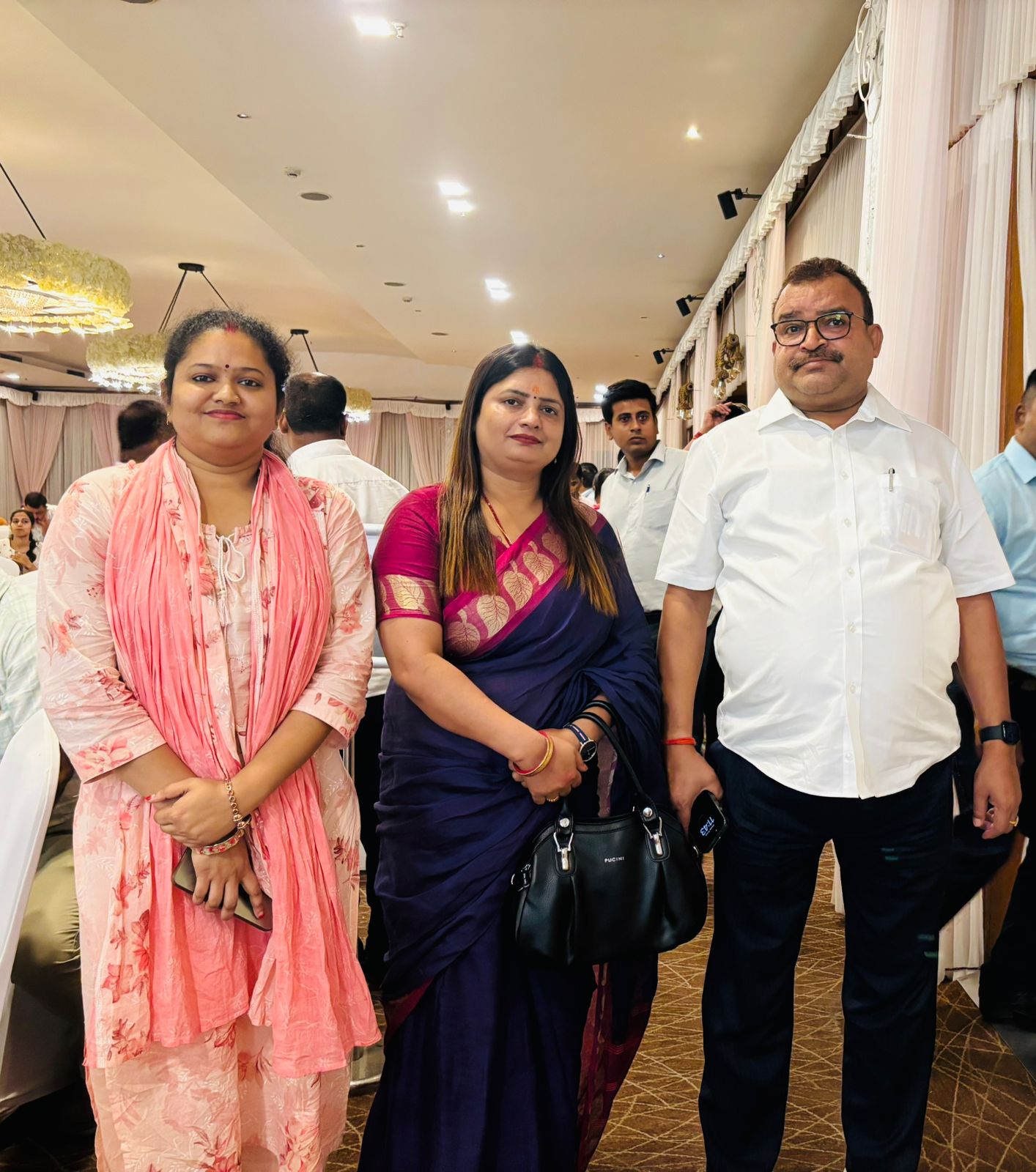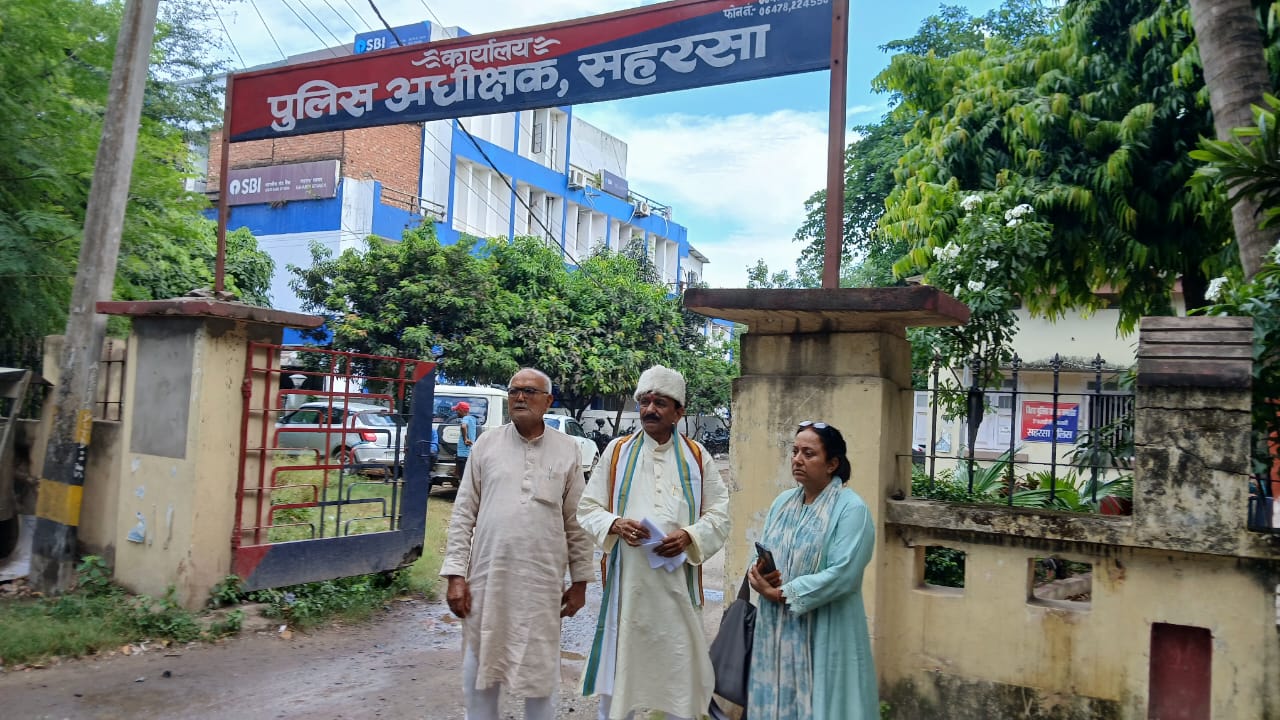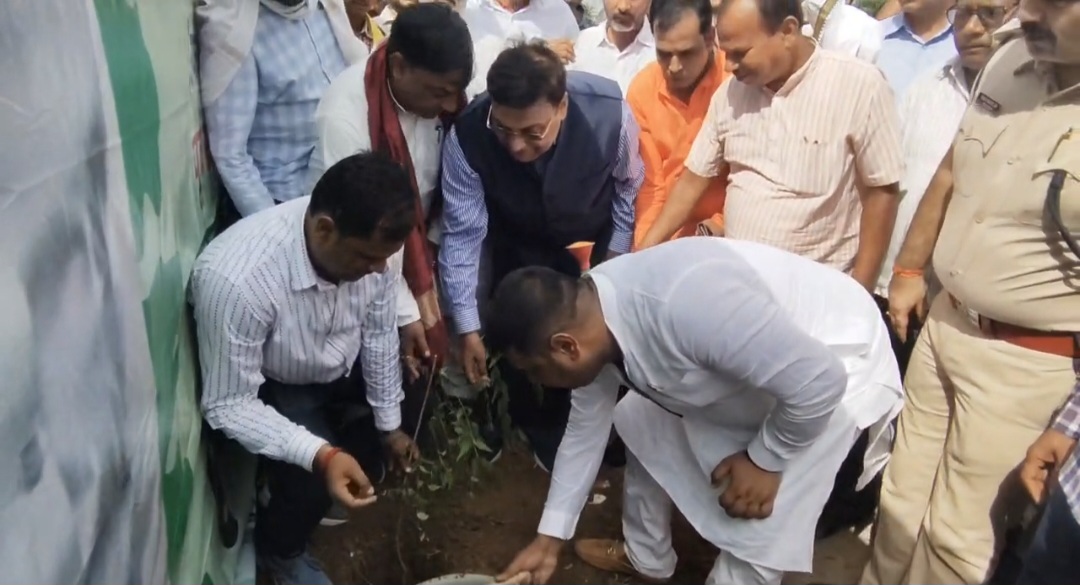:- Ravi Shankar Amit.
11 Years of India’s celestial journey into Space
Dr. Jitendra Singh, Union Minister of State (Independent Charge) for Science and Technology; Earth Sciences and Minister of State for PMO, Department of Atomic Energy, Department of Space, Personnel, Public Grievances and Pensions
In the quiet fishing village of Thumba, Kerala, where India’s space journey began with sounding rockets launched from a churchyard, few could have imagined the cosmic heights the nation would one day reach. It was a time of quiet resolve, when the dream of reaching the stars was nurtured with limited means but limitless ambition.
Today, that dream has matured into a national mission, and as we mark eleven years of the Narendra Modi Government, India’s space program stands transformed—bold, inclusive, and deeply connected to the lives of ordinary citizens.
This transformation is not just about rockets and satellites—it is about people. It is about how space technology has quietly entered the daily rhythm of life, from the farmer in a remote village to the student in a digital classroom. Under the visionary leadership of Prime Minister Modi and the strategic stewardship of the Department of Space, India has reimagined its space program as a tool for development, empowerment, and opportunity.
The reforms introduced since 2014 have opened new frontiers. The creation of IN-SPACe in 2020 allowed private companies to participate in space activities, sparking a wave of innovation. Today, over 300 space-tech startups are building satellites, designing launch vehicles, and developing applications that serve agriculture, education, healthcare, and navigation. These startups are not just creating technology—they are creating jobs, especially for young engineers and entrepreneurs in Tier 2 and Tier 3 cities. The liberalized space policy has made space services more affordable and accessible, bringing the benefits of advanced technology to the grassroots.
India’s satellites now play a vital role in weather forecasting, helping farmers plan their sowing and harvesting cycles with greater accuracy. In flood-prone regions, satellite data enables early warnings and disaster response, saving lives and livelihoods. During cyclones and droughts, remote sensing helps authorities prepare and mitigate damage. In rural clinics, telemedicine powered by satellite connectivity allows doctors in urban centres to consult with patients in remote areas, bridging the healthcare divide. E-learning platforms, supported by satellite bandwidth, bring quality education to children in far-flung villages, ensuring that geography is no longer a barrier to learning.
The NavIC system, India’s indigenous GPS network, is now used for navigation in vehicles, tracking trains and ships, and even guiding fishermen safely back to shore. In agriculture, satellite advisories help farmers monitor soil moisture, crop health, and pest infestations, enabling smarter decisions and better yields. These are not abstract benefits—they are real, measurable improvements in the lives of millions.
The missions launched in the past decade have captured global attention. Mangalyaan reached Mars on its first attempt, showcasing India’s engineering excellence. Chandrayaan-3 landed near the Moon’s south pole, a region believed to hold water ice, and its rover conducted experiments that will inform future lunar missions. Aditya-L1 is now studying solar storms, helping scientists understand space weather and its impact on communication systems and power grids.
The Gaganyaan mission, scheduled for 2027, will send Indian astronauts into space. But even before the crewed flight, the mission is already inspiring a new generation. The training of astronauts, the development of safety systems, and the uncrewed test flights are creating a ripple effect—boosting research, attracting talent, and building national pride.
Looking ahead, India plans to build its own space station—the Bharatiya Antariksh Station—by 2035. The first module is expected to launch in 2028, and the recent success of the Space Docking Experiment has validated the technologies needed for this ambitious goal. The station will allow long-term habitation and research, opening doors to deep-space exploration and interplanetary missions.
To support these growing ambitions, India is developing the Next Generation Launch Vehicle (NGLV), capable of carrying 30,000 kilograms to low Earth orbit. It will feature reusable stages and modular propulsion systems, making space access more affordable and sustainable. A third launch pad at Sriharikota and a new spaceport in Tamil Nadu are being built to handle the increasing frequency of launches and to support commercial missions.
India’s space program is also deeply collaborative. The NISAR mission with NASA will monitor Earth’s ecosystems and natural hazards. The LUPEX mission with Japan will explore the Moon’s polar regions with a heavier rover. These partnerships reflect India’s growing stature as a trusted global space partner.
But space is not just about exploration—it is also about responsibility. With thousands of satellites orbiting Earth, space debris has become a serious concern. ISRO’s Space Situational Awareness program monitors debris in real time, developing strategies to avoid collisions and ensure the long-term sustainability of space activities.
In every corner of the country, the impact of space technology is visible. In the Himalayan states, satellite data helps monitor landslides and glacial movements. In coastal regions, it supports marine conservation and disaster preparedness. In tribal and remote areas, it enables digital inclusion through satellite internet. These are quiet revolutions—transformations that touch lives without fanfare.
As we look to the next decade, the goals are clear: a crewed lunar landing by 2040, a fully operational space station, and a leadership role in global space innovation. These are not just dreams—they are strategic imperatives for a nation that has always believed in the power of science to transform society.
From the bicycle sheds of Thumba to the docking maneuvers in orbit, India’s space journey is a story of resilience, imagination, and relentless pursuit. It is a story that belongs to every citizen, every scientist, every dreamer. And as we celebrate eleven years of transformative governance, we also celebrate a nation that has truly reached for the stars—and brought their light back home.











